An Uncivil Government Meets Kapu Aloha
A tri-cultural perspective about the State of Hawaii and TMT construction opponents on Mauna Kea. Old establishment structures meet tech savvy, connected native communities. Why uncivil bullies always lose and smart, warm people always win.
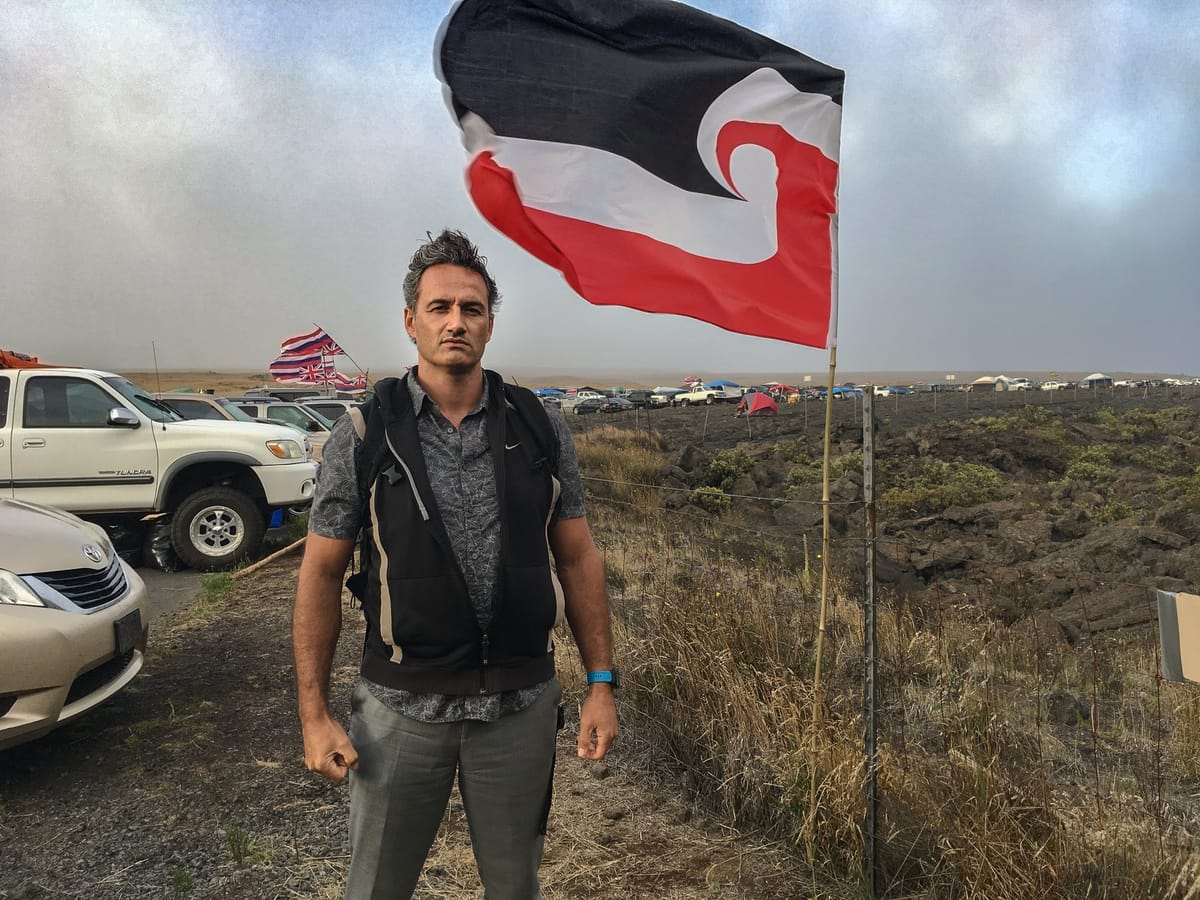
A tri-cultural perspective about the State of Hawaii and Thirty Meter Telescope construction opponents on Mauna Kea. Establishment structures meet tech savvy, connected native communities. Why uncivil bullies always lose and smart, warm people always win.
It very much seems in the last weeks that anxiety based media stories and centralised oppressive regimes have been disrupted by social media generated, grassroots based, decentralised social movements built around cultural values. But there is more to the story. Coming to terms with the change lies in understanding some core values in Hawaiian and Polynesian cultures.
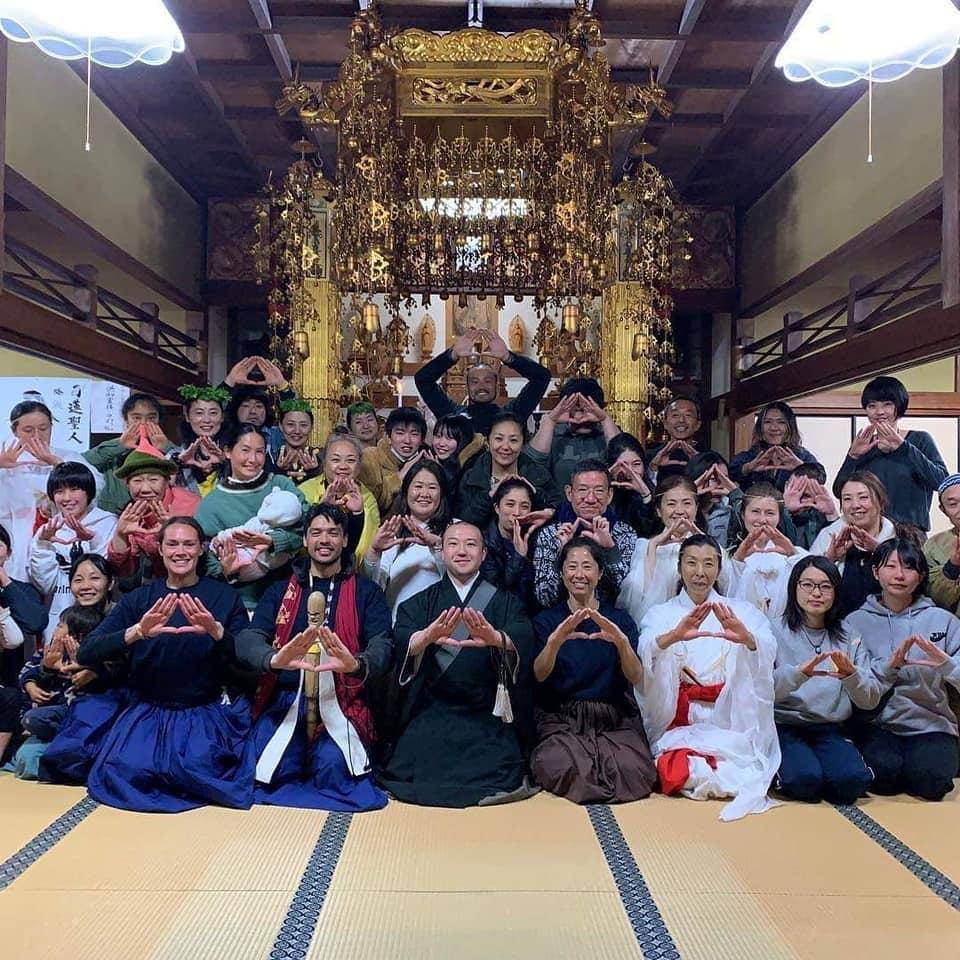
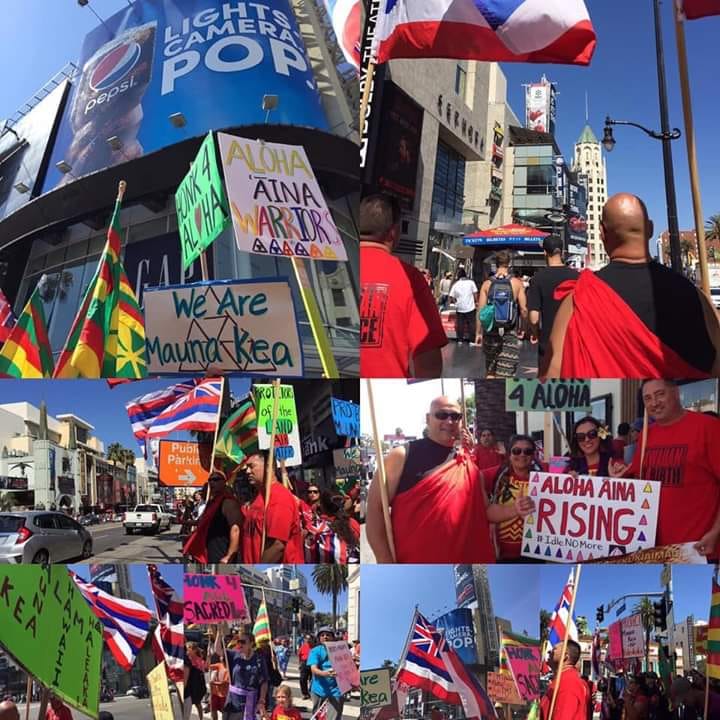
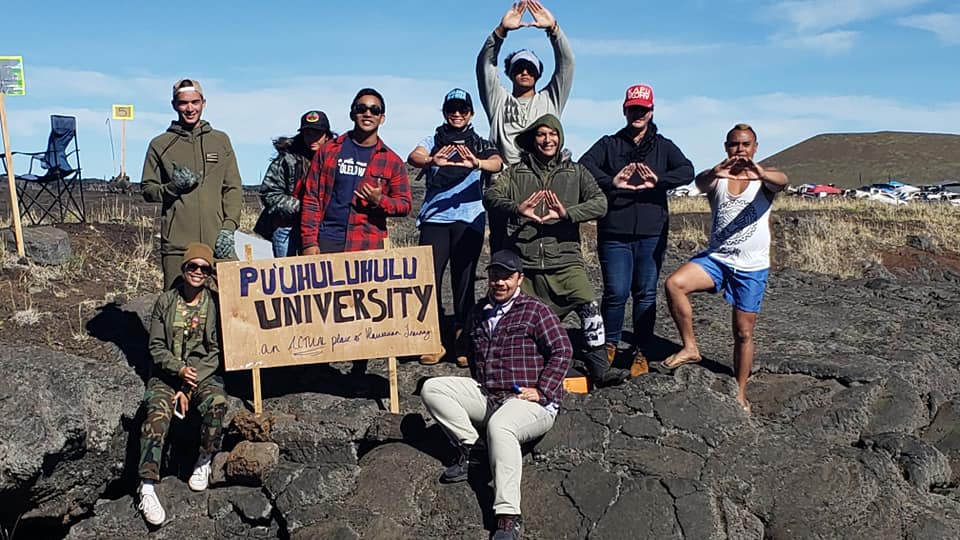
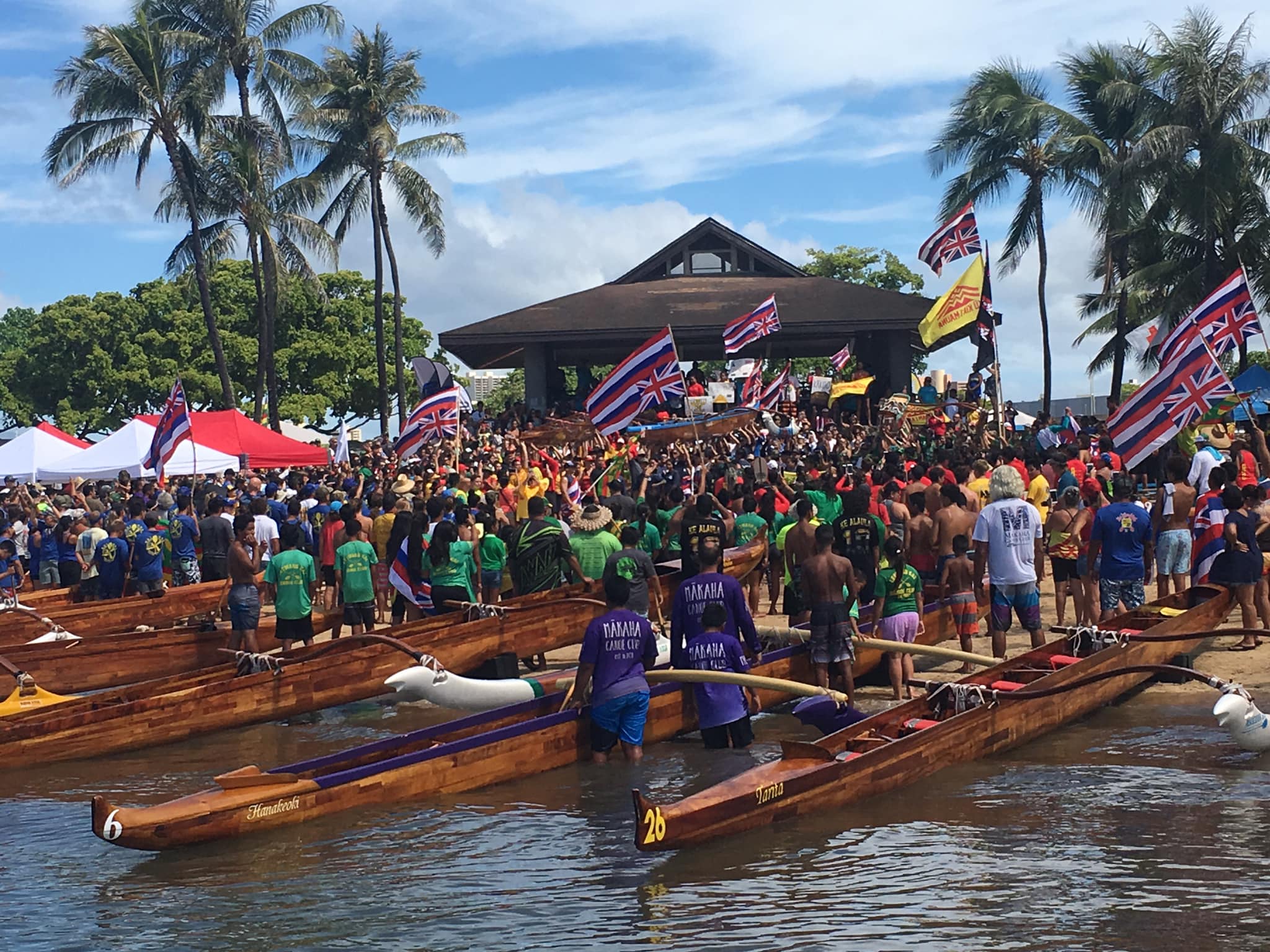
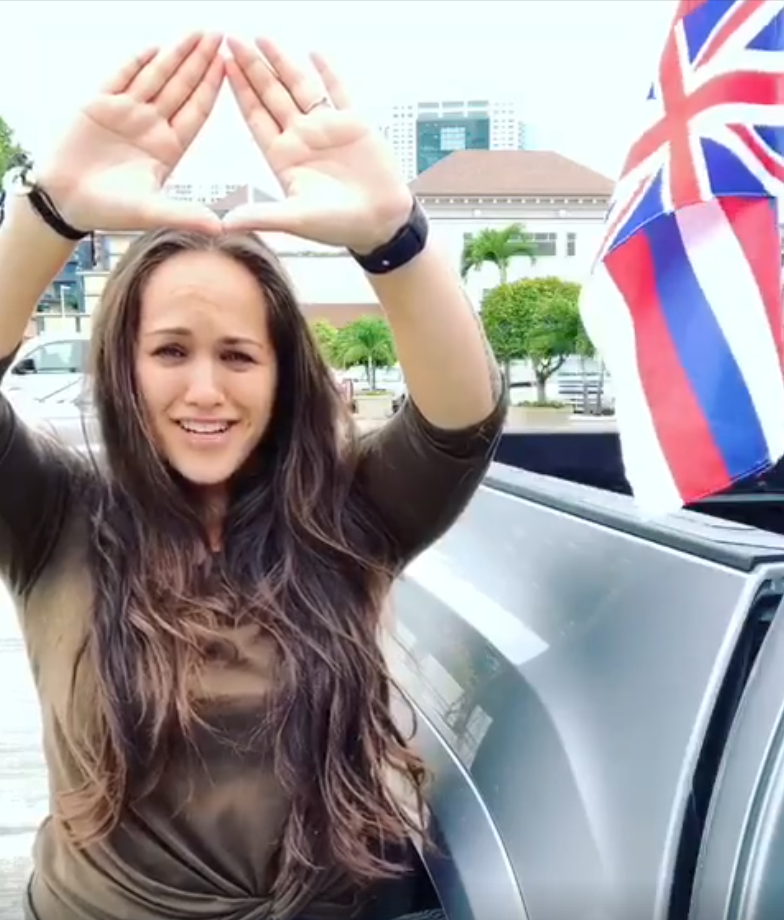
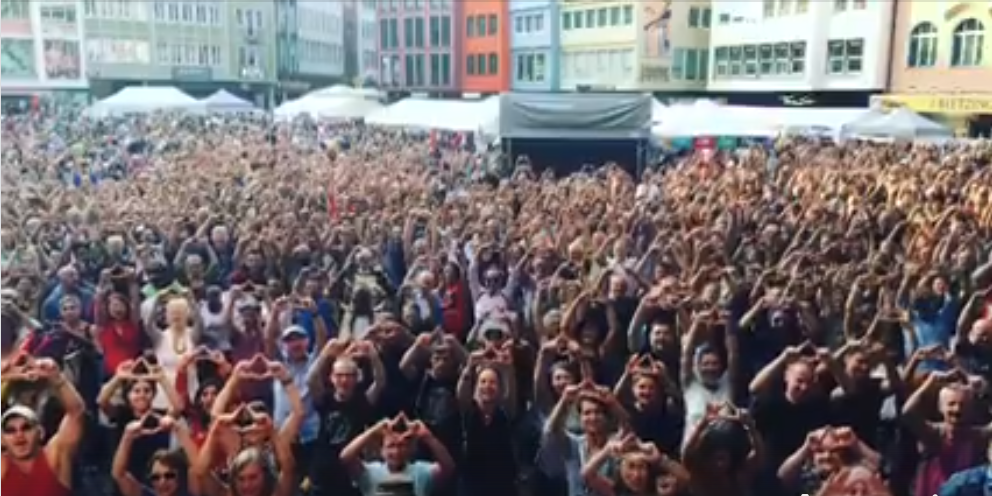
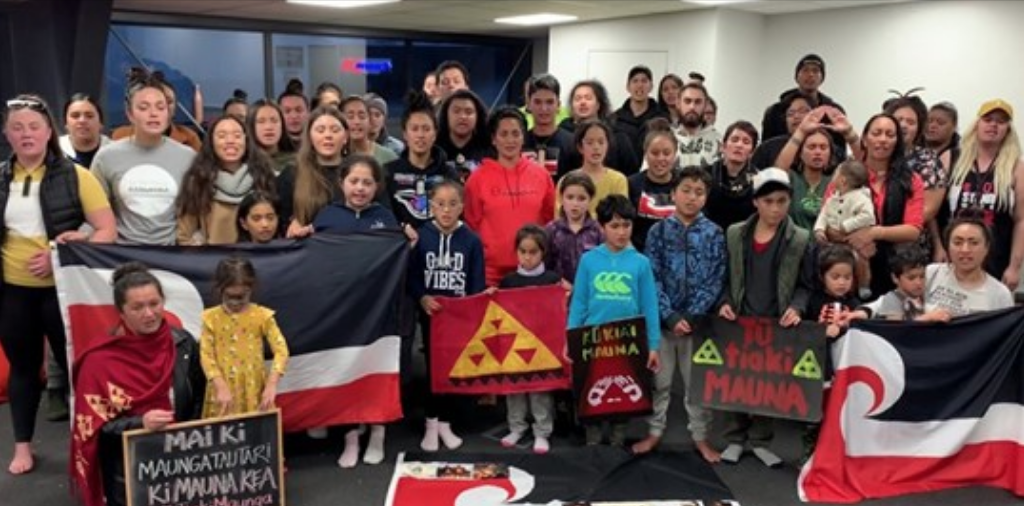
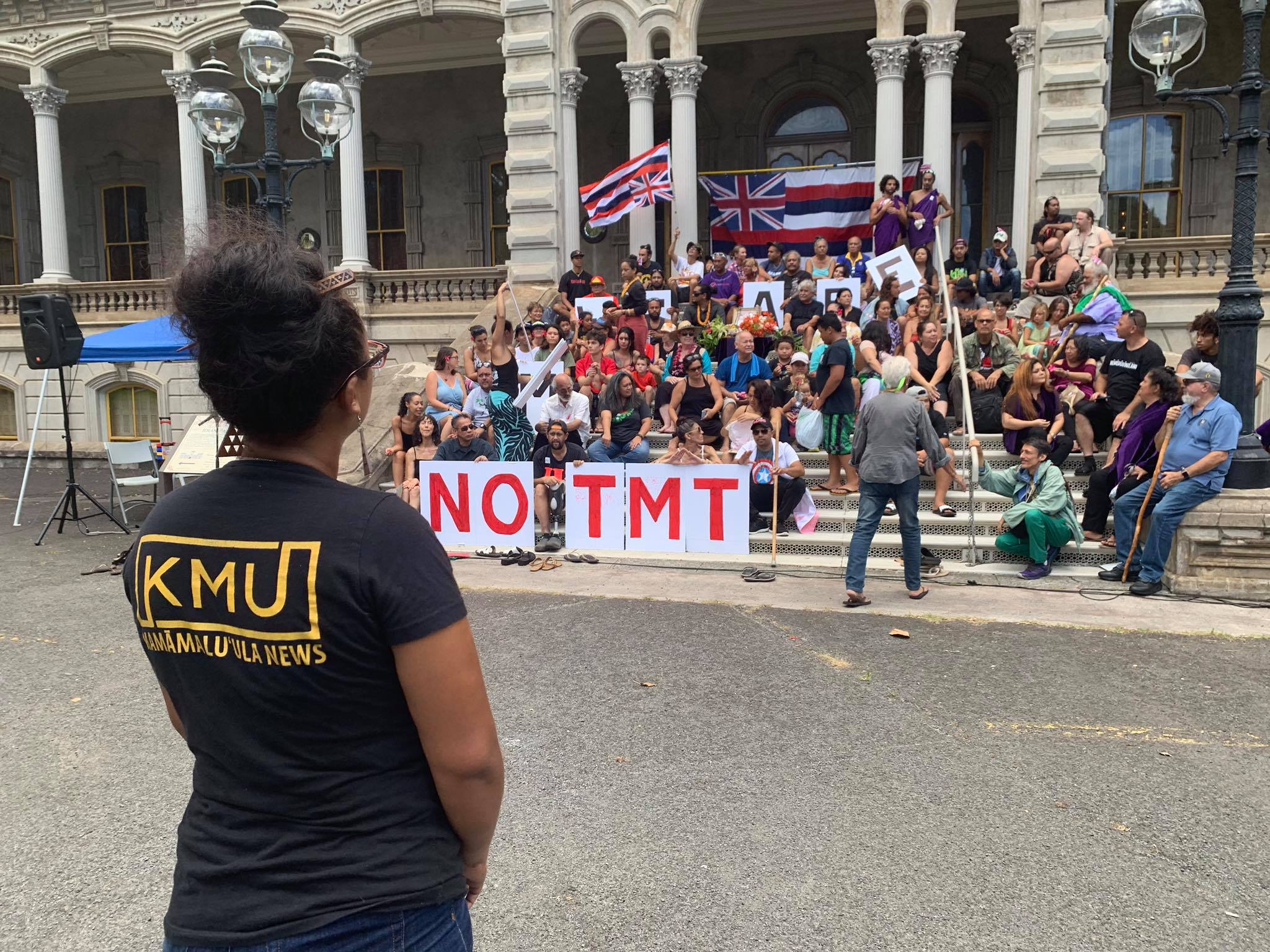
Might is never right.
On one side big money. The State of Hawaii, University of Hawaii, very wealthy donors of the Thirty Metre Telescope (TMT) project, anxiety generating media, some culturally ignorant sub-communities and a ready-for-activation oppressive policing regime.
On the other, Hawaiian educators and activists armed with cellphones, social media savvy, cultural fluency and a set of firm principles of engagement, kapu aloha.
Welcome to Mauna Kea. Ku Kia'i Mauna (Stand, Protectors of the Mountain).


"They" are the problem.
The central premise of the State of Hawaii's Governor David Ige and the University of Hawaii's President David Lassner strategy, whether intentional or not, was to use press releases, positions of power and lazy editors/journalists to build a campaign narrative that normalized Mauna Kea construction opponents as the 'other' - troubled, lost, fragmented campaigners stuck in a vicious cycle of drugs, alcohol and bad choices. Whatsmore, anyone associated in anyway with the 'protestors', would be treated with disappointment.

The best type of remedy for the 'others'? Give them what they deserve, a good dose of immigrant style border policing. At a gut level to me, this is kind of what it feels like -These types of agitators have no claim. We can use pure force to remove them. Wait. Even better, ensure the policing is carried out by the Hawaiian's employed in the police forces, this shows that dissenters don't belong in this society. We must give the message that these type of renegade Hawaiians must conform. (Again that's just my impression of the attitude).
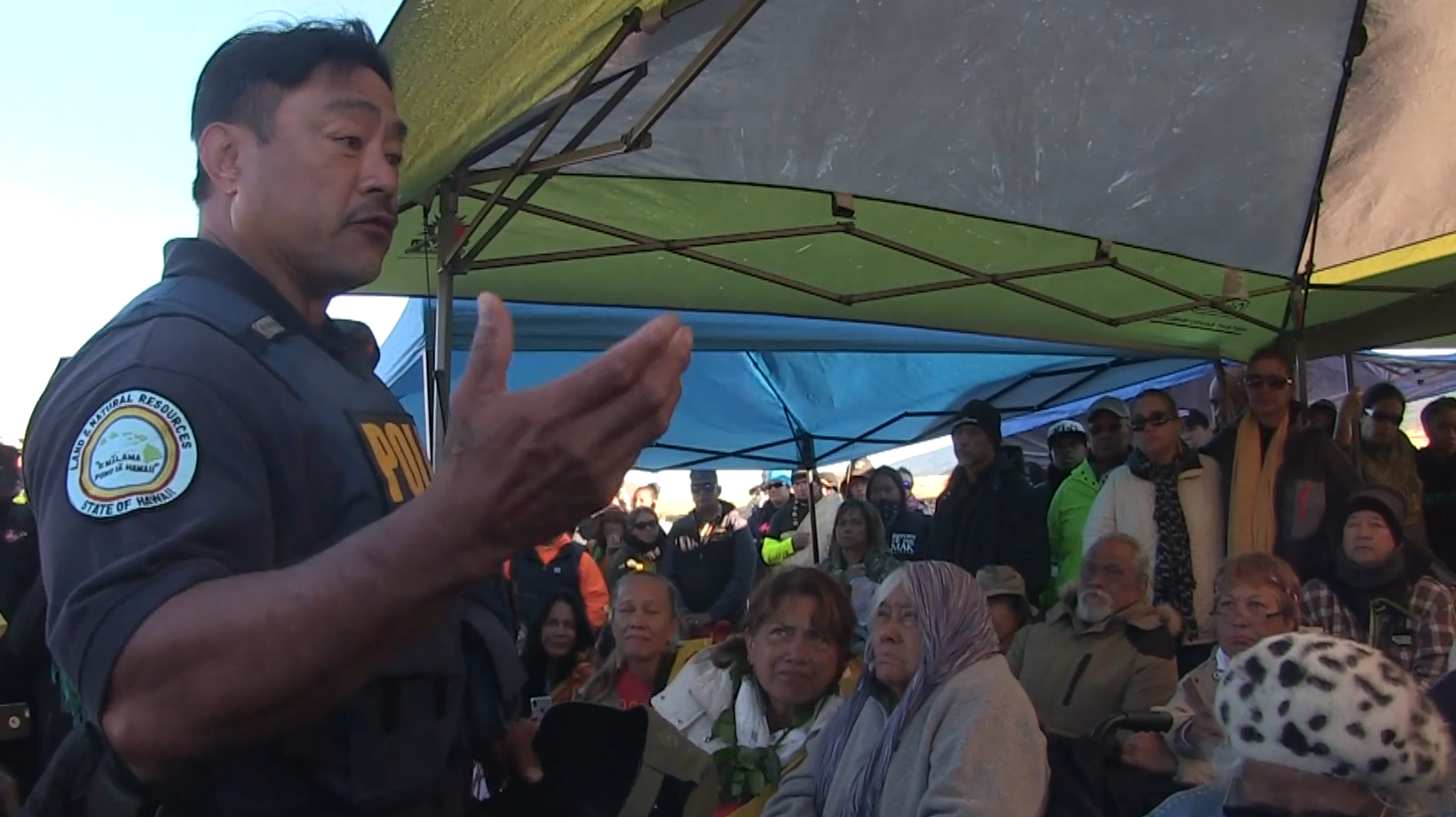
For Māori this is nothing new. We've seen this and observed this time and again with successive New Zealand Governments intent of retaining hegemony, squashing Māori voice and positioning Māori as second-class citizens (see my article on perception of Māori past, present and future here).
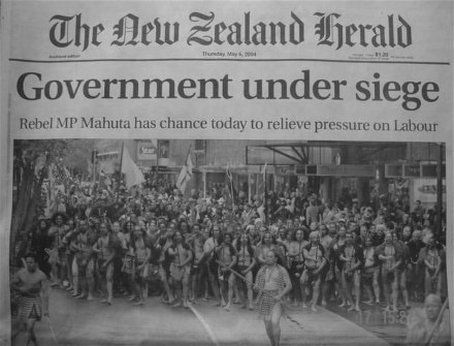
The core tenet of Ige's and Lassners strategy is focussed on keeping the gaze of inquiry on the actions of the 'other'. To see 'them' as perpetrators. Analyse 'them' and denounce 'them' by framing the story to the local media with the State of Hawaii as the victim and the activists the oppressor. At all costs, distract the majority of readers from inquiring about the actions of the State.
Problem with the 'us versus them' strategy is that Russia-Trump campaign, Brexit and Cambridge Analytica exposed the malignant lies and scandal behind it. Today (2019) trust in mainstream media, news organisations is low and people have become accustomed to looking beyond the story. Who is 'us'? Who are 'they'?
I'm mostly surprised by the actions of UH President David Lassner. He surely committed professional suicide by writing a letter to academics telling them to comply. In principle, academics fight for freedom of speech, enlightenment, knowledge and insight. Lassners letter, an attempt to muzzle the opposing views is the anti-thesis of any university institution and was like putting petrol on a fire.
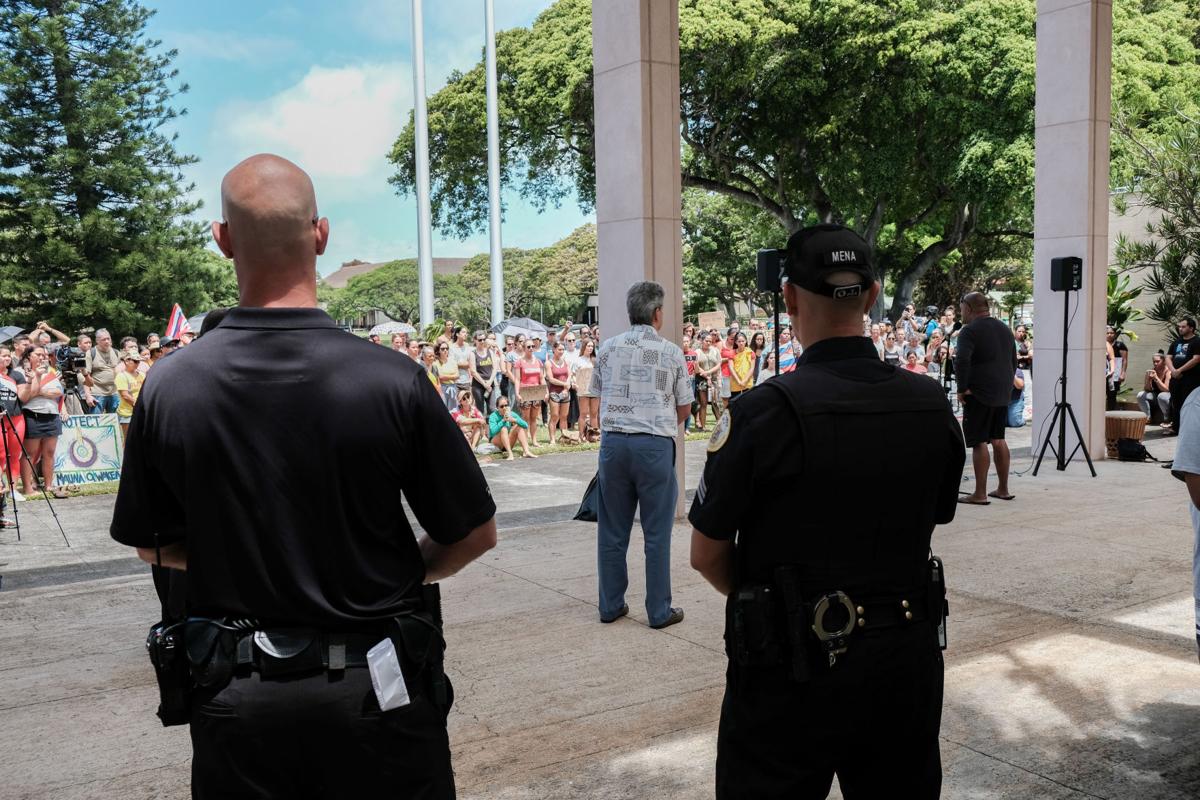
Of course he should have expected that fiery response from his department heads. I am just not sure what logic was running through his brain at the time.
UH has shifted strategy to include a new, never previosuly revealed line of documentation to back-up it's agenda, recently covered by Hawaii Tribune Herald,
At UH-Hilo, new Chancellor Bonnie Irwin’s tenure at the university begins as construction is set to start on the $1.4 billion project.
“Regarding TMT, it was already on the road before I arrived,” Irwin said when asked about the project this week. “So it is my responsibility now to get up to speed, to learn, and so I’ve been reading a number of documents, and I’ve been talking to various people involved.”
Most valuable so far is a report from a series of conversations called “Envision Maunakea,” she said.
“And by reading that document, you really understand that there’s a whole spectrum of opinions,” Irwin said. “It’s not just one side and another side, there’s a whole series of them. And that was really important for me to understand.”
It will be interesting to see these 'number of documents'. Documents and research are the arsenal of the University, it's weapon in the information war. The goal? Denounce the actions of the others (Kia'i). But will these documents, in the current climate, persuade general public as to the validity of the University's claims? Do people really want to see the continued marginalisation of Hawaiians and non-Hawaiians standing side-by-side? Is this blow-by-blow information combat the best way forward?
Kapu Aloha
To trace the roots of the TMT opposition one must understand 'kapu aloha'. I had to ask my wife Hina Kneubuhl for a translation for kapu aloha. Hina's day job is translating Hawaiian archive documents with her 'Āwaiaulu team, of whom Kaho'okahi Kanuha is a colleague, one of the spokesperson/leaders against TMT construction. This is her draft:
Kapu aloha is an ethos of engagement wherein our people uphold the highest standard of aloha in the very name of who we are, and in doing so, affirm both our unique existence and our inherent birthrights.
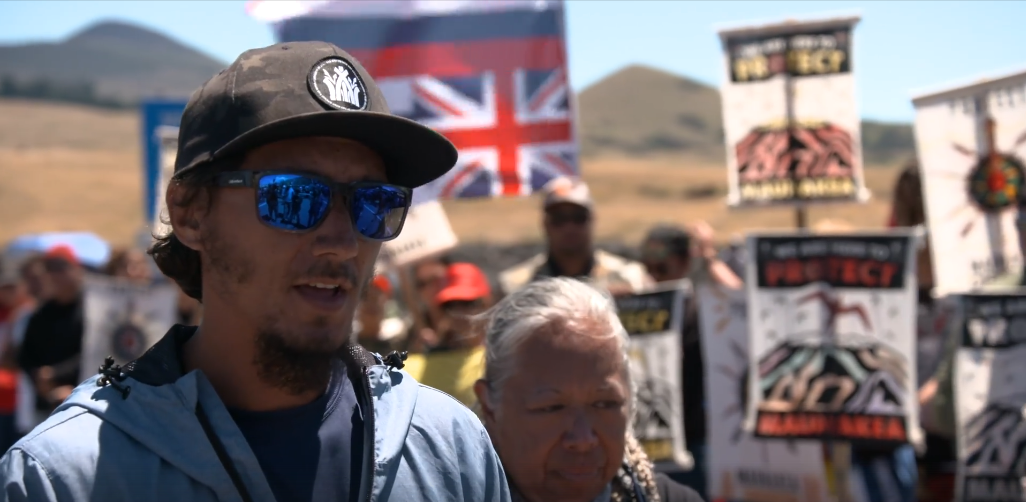
Kapu aloha, may simply mean to uphold the highest most sacred standard of aloha.
Aloha is similar te reo Māori 'aroha' but 'aloha' has wider use and meaning: love, welcome, acknowledgement, gratitude, respect for others, humility, goodbye, thanks, cheers and a way of showing a sense of deep connection to the person being addressed.
'Kapu' is similar to te reo Māori 'tapu' and means anything that is sacred, spiritually or physically. For example, the head is tapu, women in birth are tapu, placenta are tapu, as well as over-fished areas, geographically sensitive locations (waterfalls, springs), dangerous weapons, blood, religious items, death, medical equipment and for sure certain chants, spoken word, karakia, shadows and energies held by someone with intense tapu or spiritual power.




Kapu aloha is a practice that affirms not only Hawaiian values and relationship with others but is a birth right that upholds a unique Hawaiian worldview with the land.
Therefore in it's highest form, kapu aloha maybe in principle a values-based ethic for connection, confrontation or de-escalation. The question is simply, "How can I make this engagement as aloha based as possible? How can I uphold aloha no matter how confrontational and aggressive the other side is?"
From a Māori perspective, I see some cross-over with how Māori view 'mana' - inherint personal prestige and power as viewed from oneself and in others. Everyone has mana, their own life energy. In fact everything in the natural Māori world has mana, a rock, a tree, a person, an enemy. We may not like that person, or rock or tree but we still accept they have mana.
Mana, Kapu Aloha & the State of Hawaii
To explain the next section we need to posit three things. First, we take the principle that everyone has mana. Second, we treat everyone with aloha, no matter what. Third, we treat that aloha as kapu (kapu aloha).
In my personal opinion, as a human, as an inhabitant of earth, I think this is really centered place be. To acknowledge that everyone has mana and to treat them with kapu aloha. This means you respect and listen to them, hear them and acknowledge them. Everybody is somebody. This doesn't mean you have to agree, it just means you offer acknolwedgement.
Simply, dignity.

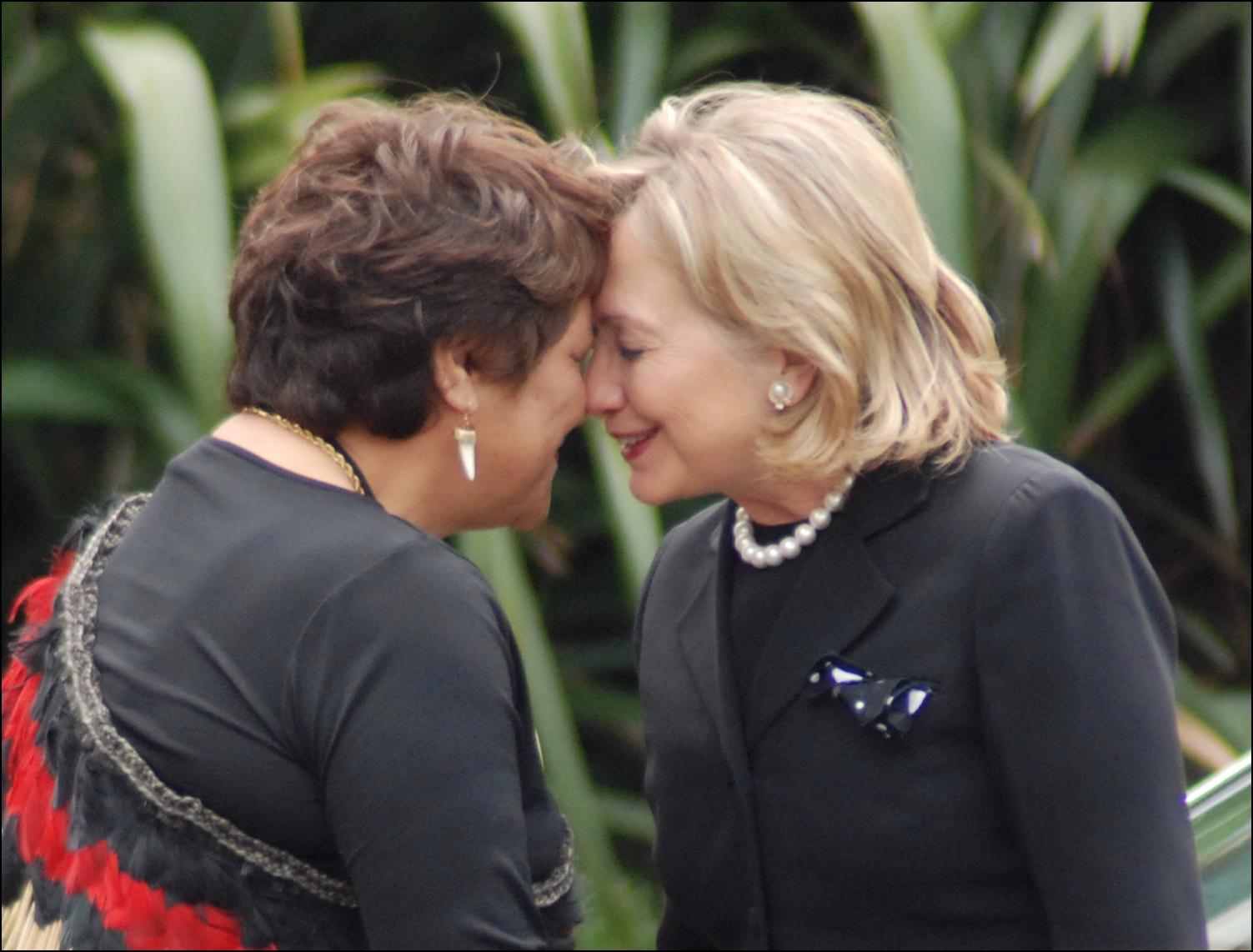
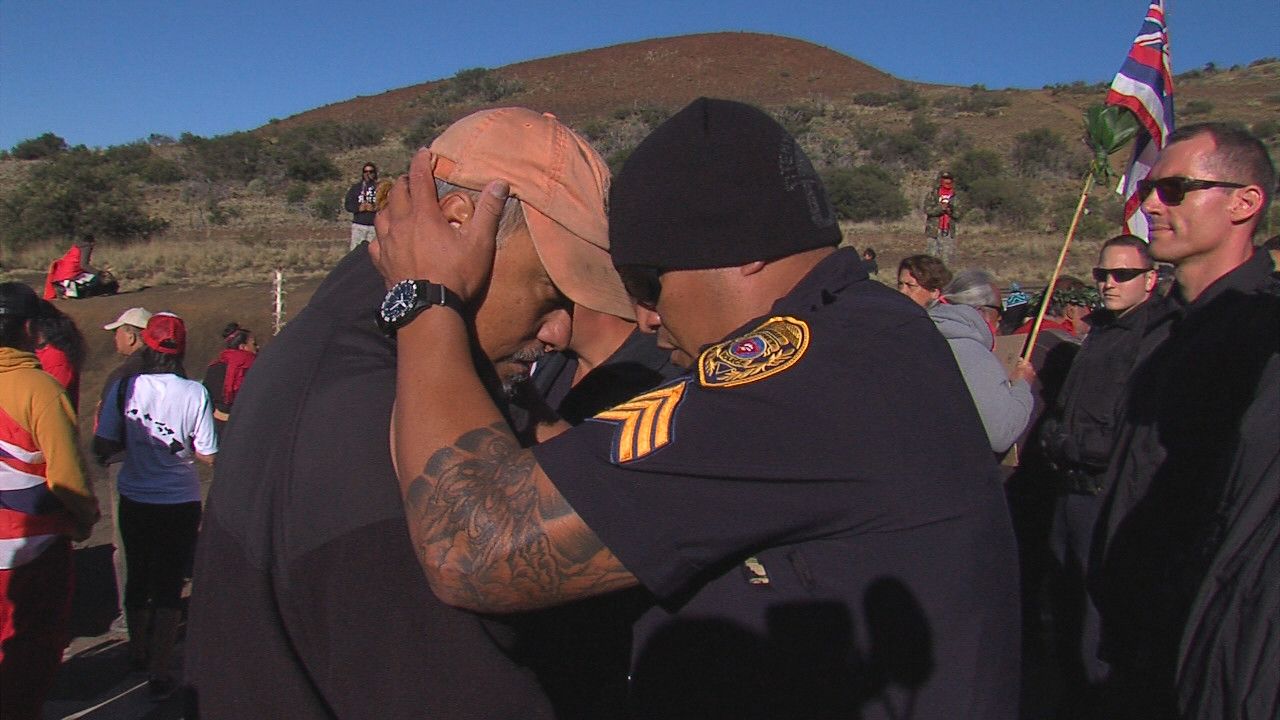
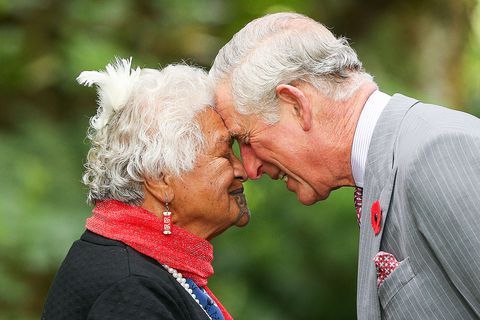
So, if someone attempts to take mana away from someone else, what does that mean? They take their dignity. Why take someones dignity? To make oneself greater?
Māori call this dignity degrading process or process to trying to validate ones importance over another 'mana-munching'. Literally eating someone elses mana. Mana-munching only happens in a space without aloha and is certainly not a kapu aloha experience.
How does mana-munching affect progress:
Samuels said the four principals should "reconcile their differences, and lay down their egos for the sake of Ngāpuhi and move ahead with the claim". "With Ngāpuhi now, all I see is a mana munching, ego massaging exercise of leadership. "It takes the focus off missed opportunities for a settlement."
We've all probably experienced some mana-munching in our time or had pity on someone whose dignity has been stripped away. Maybe it has been at a funeral where someone was not offerred the dignity they deserved, or with social climbers intent on pursuiing their own aims at the expense of others. It's yuk to watch and also to be a target of. Teasing, name calling, reputation trashing - basically politics and ego massaging. If anyone has engaged in it (most of us reluctantly have participated at some stage or another), it feels rather degrading and horrible.
This mana-munching is certainly what is happening with Governor Ige, President Lassner and the Board of TMT, there is certainly no aloha present and kapu aloha has not been enacted at any level.
Stately Mana-Munchers
Herein lies the essence of the grassroots, social media fueled victory. When kapu aloha sits opposite the mana-munching actions of the State of Hawaii and Unversity of Hawaii, the incivility is so transparent. The juxta-position shows the actions towards the 'others' for what it truely is - a socially destructive, toxic, degrading, dignity reducing mechanism that everyone knows and fears.
An uncivil Government.
No-one wants to work or live in an oligarchy, or a David Ige dictatorship. No-one wants to be part of the mana-munching on the 'others' opposed to TMT. It looks boastful, wasteful and gregarious. It brings no dignity to the situation.
You can pretty much be sure that no-one wants to back a system that uses its power to munch on others. This is the reason why massive public outcry continues:

A pathway forward
Can the State of Hawaii and University of Hawaii adopt kapu aloha? Treat each other with dignity? Enable everyone to have mana, instead of munching it away?
How might that look? Some questions:
- If it is about desecration of the land, how can we bring dignity and mana back to the land? How many telescopes are sitting decommissioned, decrepid and vacant? What should the state do to rectify this?
- If it is about desecration of the Hawaiian people, how can we bring dignity back to the people? Should we treat them as 'others'?
- If it is about desceration of the Hawaiian culture, how do we bring dignity back to the culture? Should we only take what elements of the culture we like (surfing, hula and few words) and forget about the others? How should we structure our constitutions, our laws so that they reflect a Hawaiian world view?
These are some of the questions I believe the recently enlightened leaders of the State of Hawaii and the University of Hawaii need to dwell upon. I am hopeful that dignity and kapu aloha will become enshrined in the culture of the institutions that have a say over so much of the lands and resources in Hawaii.
Malama 'aina. Malama kānaka. Malama ke ao hou.
(Update: Edited 6:2pm 23 July 2019 to remove references to Trump - KG).

